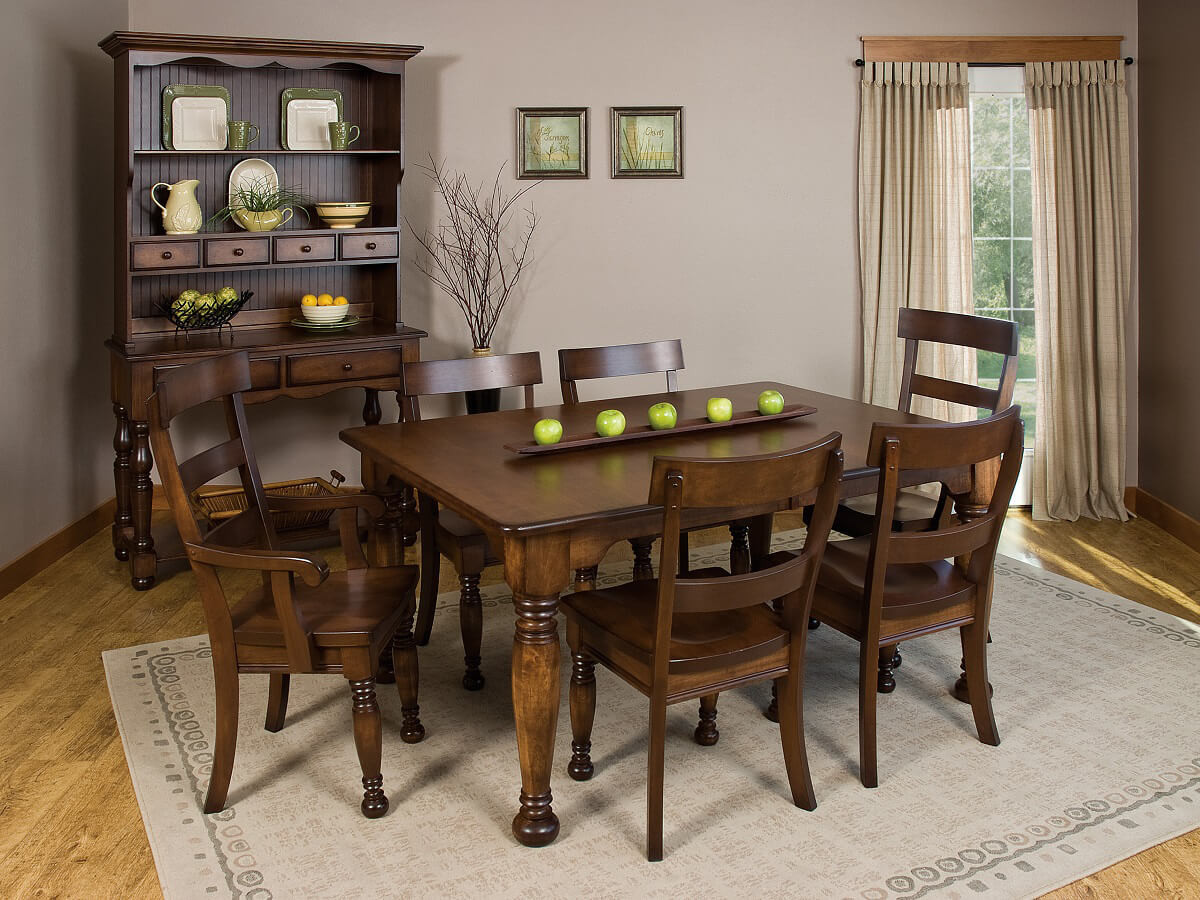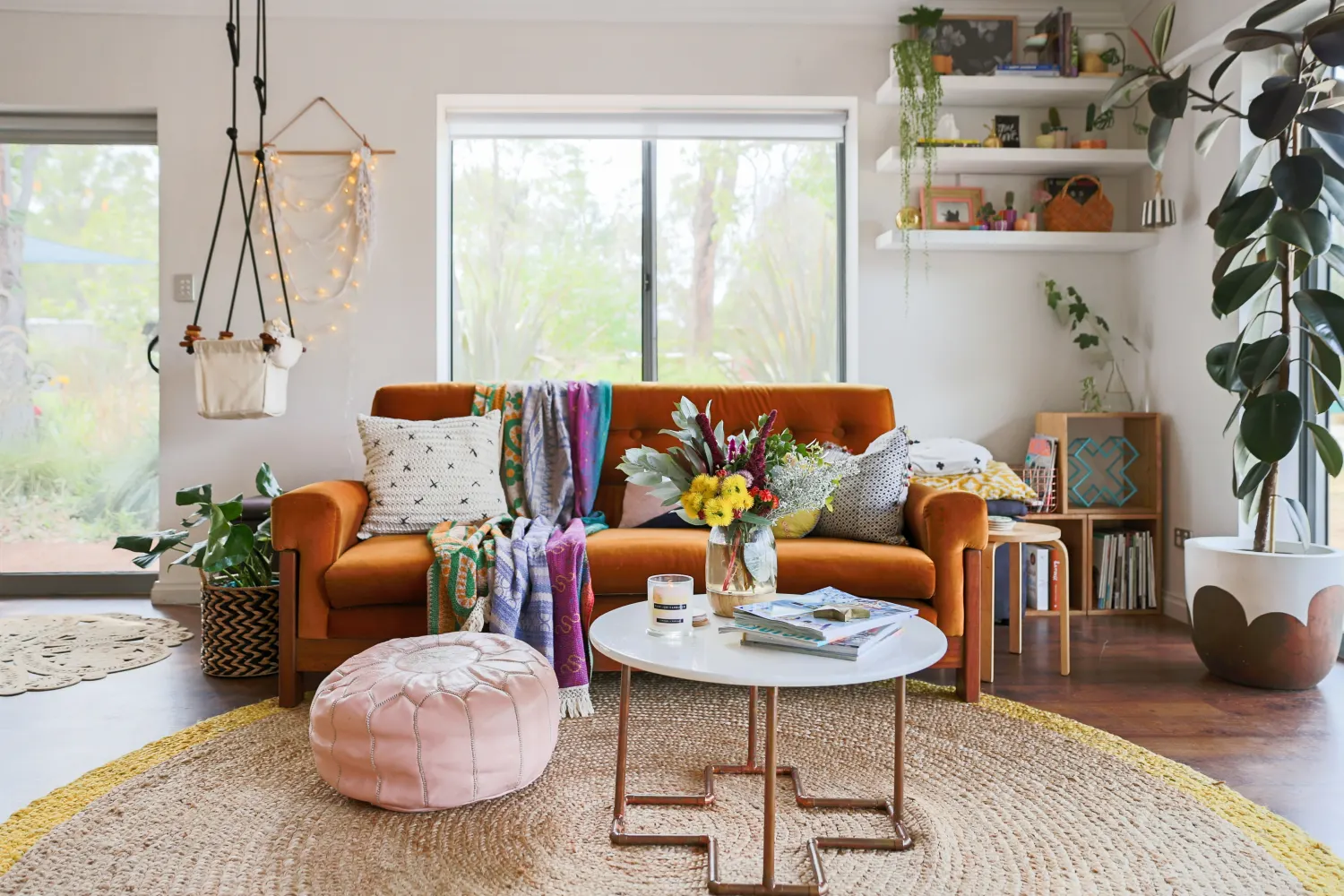It was 1977, and Richard Haux, a San Diego-based entrepreneur, stood outside his modest furniture store, looking at the “Mor Furniture for Less” sign he had just installed. He didn’t know it then, but this small store on the southern tip of California was about to grow into a regional furniture powerhouse. With just one location, Richard envisioned providing high-quality, stylish furniture at unbeatable prices while delivering exceptional customer service. His strategy was simple—he believed in treating customers like family and offering them a personalized shopping experience. As the store began to grow, so did its reputation. Word spread quickly, and before long, what started as a single family-owned business became one of the largest furniture retailers on the West Coast. Today, Mor Furniture for Less operates over 30 showrooms across seven states, bringing stylish, affordable furniture to thousands of homes and generating millions in annual revenue.
Humble Beginnings: A Family Business with a Clear Vision
When Richard Haux opened the first Mor Furniture for Less store in 1977, he entered a highly competitive market dominated by big-name brands and well-established retailers. However, Richard had a unique approach that set his business apart. While competitors focused on selling premium-priced furniture or pushing sales commissions, Richard believed in offering stylish, high-quality furniture at affordable prices. He also heavily emphasized providing a personalized customer experience, treating every shopper as if they were a part of the family.
Richard worked closely with furniture manufacturers to negotiate bulk purchases at reduced costs to achieve his vision. This allowed him to pass on the savings to customers, which gave Mor Furniture for Less, an edge over many of its competitors. Richard also invested in creating a fun and engaging in-store experience, complete with free popcorn, soda, and family-friendly environments to make shopping more enjoyable. His “family-first” approach helped the business gain loyal customers who appreciated the affordability and the warm, welcoming atmosphere.
By the mid-1980s, Richard’s strategy had paid off. Mor Furniture for Less had survived in the competitive San Diego market and grown into a regional leader. It wasn’t long before expansion was on the horizon.
Expansion: From San Diego to the Entire West Coast
During the late 1980s and early 1990s, Mor Furniture for Less began expanding beyond its original San Diego location. The company opened new showrooms in California and soon moved into other states, including Oregon, Washington, Idaho, and Arizona. Each new location replicated the successful formula from the flagship store—affordable, high-quality furniture, a family-oriented shopping environment, and outstanding customer service.
A combination of organic growth and strategic market entry fueled the expansion. By choosing locations in growing cities and suburbs across the West Coast, Mor Furniture for Less could tap into new customer bases eager for affordable, stylish home furnishings. One of the company’s key strategies was to enter underserved markets, where larger national chains had minimal presence or offered higher-priced furniture that didn’t resonate with budget-conscious consumers.
As Mor Furniture for Less expanded, it also diversified its product offerings. Originally focused on living room furniture, the company began to add bedroom, dining room, office, and mattress products to its product lines. By the early 2000s, Mor Furniture for Less had transformed from a local furniture store into a comprehensive home furnishings retailer.
Mor Furniture by the Numbers
Today, Mor Furniture for Less is one of the largest family-owned furniture retailers on the West Coast, operating over 30 showrooms across seven states: California, Washington, Oregon, Idaho, Nevada, Arizona, and New Mexico. The company’s annual revenue exceeds $400 million, making it a key player in the U.S. furniture market. According to Furniture Today, Mor Furniture for Less ranks among the top 50 furniture retailers in the country, competing with national giants like Ashley Furniture, Rooms To Go, and Wayfair.
One of the critical factors behind Mor’s success is its massive showroom spaces, designed to give customers a hands-on experience with the furniture. Its stores span over 50,000 square feet, with some flagship locations exceeding 80,000 square feet. These large spaces allow the company to showcase a vast selection of furniture styles, from contemporary and modern to rustic and traditional, allowing customers to see, feel, and visualize how the pieces will look in their homes.
Additionally, Mor Furniture for Less strongly focuses on affordability. By negotiating directly with manufacturers and cutting out intermediaries, the company can keep prices 10-30% lower than many competitors. This pricing strategy, combined with frequent promotions and financing options, has made Mor Furniture a destination for value-conscious consumers.
The Shopping Experience: Family-centered and Customer-Focused
Mor Furniture for Less has built its brand around creating a customer experience that feels more like visiting a family gathering than a traditional furniture showroom. From the moment customers walk in, they are greeted with warm hospitality, free snacks, and refreshments. The atmosphere is designed to be relaxed and family-friendly, making it easier for shoppers to take their time and explore the wide variety of products.
The company also prides itself on offering personalized customer service. Unlike some big-box retailers, where sales associates are often commission-driven, Mor Furniture’s staff is trained to build relationships with customers and help them find the best solutions for their homes. This approach has fostered strong customer loyalty, with many shoppers returning to Mor Furniture for multiple purchases.
Mor Furniture for Less also offers same-day delivery in many locations, which sets it apart from competitors who often have weeks-long wait times. This quick-turnaround delivery service has been a game-changer, particularly for customers who need to furnish their homes quickly or replace broken or outdated furniture.
E-commerce and Adapting to a Changing Retail Landscape
As consumer preferences have shifted toward online shopping, Mor Furniture for Less has adapted by expanding its e-commerce capabilities. While the company’s in-store experience remains a core part of its business model, it has also embraced digital innovation to reach new customers and enhance the online shopping experience.
The company’s website now features a fully integrated shopping platform where customers can browse the entire catalog, read product reviews, and purchase online. The website also offers tools like virtual room planners and augmented reality (AR), allowing customers to visualize how furniture will look in their homes before purchasing. These features have helped bridge the gap between the in-store and online experiences, making it easier for tech-savvy customers to shop from their homes.
Although online sales still account for a smaller portion of Mor’s overall revenue than in-store purchases, the e-commerce channel has grown steadily, especially during the COVID-19 pandemic. In 2020, online sales increased by nearly 30%, and the company continues to invest in its digital infrastructure to keep pace with consumer demand.
Community Engagement and Charitable Giving
In addition to its focus on customer service, Mor Furniture for Less has a long history of giving back to the communities it serves. The company regularly partners with local charities and nonprofit organizations, donating furniture, mattresses, and financial support to needy families.
One of Mor’s most notable initiatives is its partnership with the Ronald McDonald House Charities, which provides temporary housing for families of seriously ill children receiving medical treatment. Mor Furniture for Less has donated furniture to several Ronald McDonald Houses across the West Coast, helping to create comfortable and welcoming environments for families during difficult times.
The company also participates in annual food drives, school supply donations, and other community service projects. These efforts positively impact local communities and strengthen the company’s connection to the people it serves.
The Future of Mor Furniture: Expansion and Innovation
Looking ahead, Mor Furniture for Less shows no signs of slowing down. The company plans to open additional stores in untapped markets across the West Coast and Southwest while expanding its product offerings and improving its e-commerce capabilities. Mor Furniture’s commitment to affordability, customer service, and family values will likely continue to drive its growth in an increasingly competitive retail landscape.
Mor Furniture for Less is also exploring new ways to integrate technology into the shopping experience, including further development of augmented reality tools, online design consultations, and enhanced mobile shopping features. These innovations will help the company stay ahead of the curve as consumer preferences evolve.
Conclusion: A Legacy of Affordability and Customer Care
From its humble beginnings as a single store in San Diego to its current status as one of the largest furniture retailers on the West Coast, Mor Furniture for Less has built a lasting legacy based on affordability, quality, and exceptional customer service. By staying true to its core values of treating customers like family and offering them great value, Mor Furniture has grown into a trusted name for home furnishings across seven states.
As it looks to the future, Mor Furniture for Less is well-positioned to continue its expansion and remain a key player in the U.S. furniture market. With its combination of in-store experiences, e-commerce growth, and community engagement, the company will continue making homes beautiful and comfortable for years.












 Afrikaans
Afrikaans Shqip
Shqip አማርኛ
አማርኛ العربية
العربية Հայերեն
Հայերեն Azərbaycan dili
Azərbaycan dili Euskara
Euskara Беларуская мова
Беларуская мова বাংলা
বাংলা Bosanski
Bosanski Български
Български Català
Català Cebuano
Cebuano Chichewa
Chichewa 简体中文
简体中文 繁體中文
繁體中文 Corsu
Corsu Hrvatski
Hrvatski Čeština
Čeština Dansk
Dansk Nederlands
Nederlands English
English Esperanto
Esperanto Eesti
Eesti Filipino
Filipino Suomi
Suomi Français
Français Frysk
Frysk Galego
Galego ქართული
ქართული Deutsch
Deutsch Ελληνικά
Ελληνικά ગુજરાતી
ગુજરાતી Kreyol ayisyen
Kreyol ayisyen Harshen Hausa
Harshen Hausa Ōlelo Hawaiʻi
Ōlelo Hawaiʻi עִבְרִית
עִבְרִית हिन्दी
हिन्दी Hmong
Hmong Magyar
Magyar Íslenska
Íslenska Igbo
Igbo Bahasa Indonesia
Bahasa Indonesia Gaeilge
Gaeilge Italiano
Italiano 日本語
日本語 Basa Jawa
Basa Jawa ಕನ್ನಡ
ಕನ್ನಡ Қазақ тілі
Қазақ тілі ភាសាខ្មែរ
ភាសាខ្មែរ 한국어
한국어 كوردی
كوردی Кыргызча
Кыргызча ພາສາລາວ
ພາສາລາວ Latin
Latin Latviešu valoda
Latviešu valoda Lietuvių kalba
Lietuvių kalba Lëtzebuergesch
Lëtzebuergesch Македонски јазик
Македонски јазик Malagasy
Malagasy Bahasa Melayu
Bahasa Melayu മലയാളം
മലയാളം Maltese
Maltese Te Reo Māori
Te Reo Māori मराठी
मराठी Монгол
Монгол ဗမာစာ
ဗမာစာ नेपाली
नेपाली Norsk bokmål
Norsk bokmål پښتو
پښتو فارسی
فارسی Polski
Polski Português
Português ਪੰਜਾਬੀ
ਪੰਜਾਬੀ Română
Română Русский
Русский Samoan
Samoan Gàidhlig
Gàidhlig Српски језик
Српски језик Sesotho
Sesotho Shona
Shona سنڌي
سنڌي සිංහල
සිංහල Slovenčina
Slovenčina Slovenščina
Slovenščina Afsoomaali
Afsoomaali Español
Español Basa Sunda
Basa Sunda Kiswahili
Kiswahili Svenska
Svenska Тоҷикӣ
Тоҷикӣ தமிழ்
தமிழ் తెలుగు
తెలుగు ไทย
ไทย Türkçe
Türkçe Українська
Українська اردو
اردو O‘zbekcha
O‘zbekcha Tiếng Việt
Tiếng Việt Cymraeg
Cymraeg isiXhosa
isiXhosa יידיש
יידיש Yorùbá
Yorùbá Zulu
Zulu